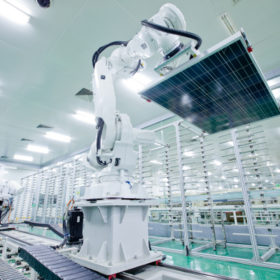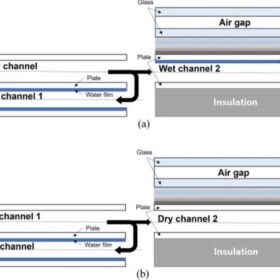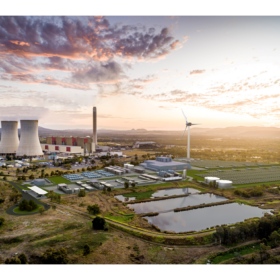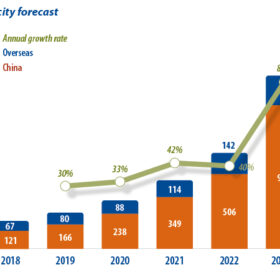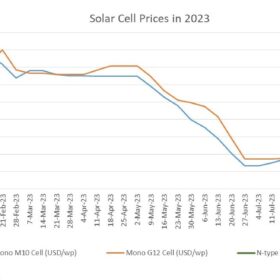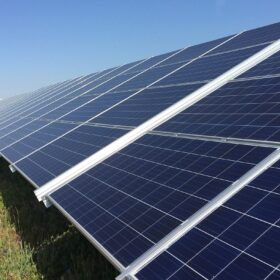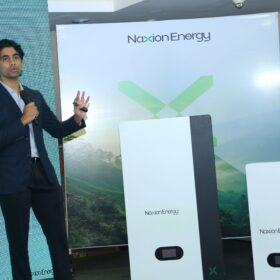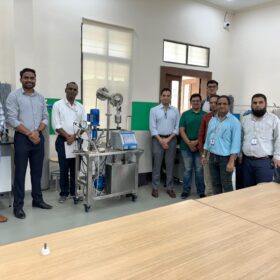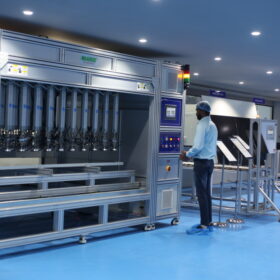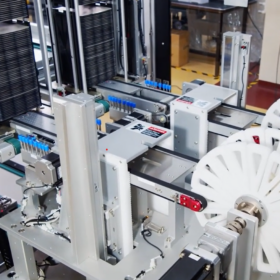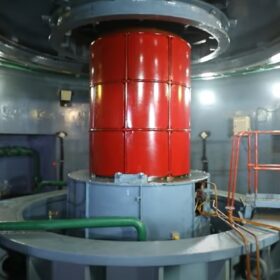JinkoSolar ships 52 GW in first 9 months of 2023
JinkoSolar says it shipped 52 GW of PV modules in the first nine months of 2023, bringing its total shipments to 190 GW since its foundation.
Reducing solar module temperature via dew-point evaporative cooling
Japanese scientists have designed a cooling system that reduces the solar panel operating temperature at the air inlet of the module. It consists of a dew-point evaporative cooler that supplies the near-saturation air to wet air channels that are attached to the back of a PV panel.
Stanwell partners with Queensland manufacturer on ‘world’s largest’ iron flow battery
Electricity generator Stanwell Corporation has supersized its plans to develop grid-scale iron flow battery storage systems in collaboration with Queensland-based battery manufacturer Energy Storage Industries – Asia Pacific, announcing a binding agreement that could deliver a 150 MW commercial battery by as early as 2029.
A reaction to Rystad’s recent estimates on European solar module stockpile
Rystad Energy has abruptly changed statements about photovoltaic module stocks in the EU. German PV analyst Karl-Heinz Remmers questions the numbers from the Norwegian consultancy and provides different figures.
The race for 100% solar
With utility scale solar installations accelerating, Philip Wolfe, founder of PV data consultancy Wiki-Solar, drills into the data to highlight some interesting variations in relative progress around the world.
A survival guide for solar SMEs
As solar manufacturing moves toward technological convergence, and rampant production capacity expansion continues, standing out from the crowd is just one of the strategies small- and medium-sized enterprises (SMEs) will have to use to survive, according to InfoLink’s Amy Fang.
Solar cell prices are expected to hit fresh record lows following China’s Golden Week
In a new weekly update for pv magazine, OPIS, a Dow Jones company, provides a quick look at the main price trends in the global PV industry.
The Hydrogen Stream: ADNOC bets on blue hydrogen
Abu Dhabi National Oil Co. (ADNOC) has made a final investment decision and awarded contracts for the Hail and Ghasha offshore gas project, while Iveco and Hyundai have introduced the new Iveco Bus E-way H2 city bus.
European warehouses now storing more than 80 GW of unsold solar panels
New figures provided to pv magazine by Rystad Energy reveal that the amount of unsold panels in European warehouses may have more then doubled between mid-July and the end of August, and that it may reach 100 GW by the end of the year. Analyst Marius Mordal Bakke explained that PERC modules bought and stored by a European distributor for $0.23/W in March are now facing an average spot price of $0.16/W today, which could very likely be $0.15/W next month.
India contributed 12% of global growth in solar generation in H1 2023
India’s growth in solar generation (+26%, +12 TWh) in the first half of 2023 was above the global average growth (+16%). In H1 2023, India contributed nearly as much new solar generation as the EU, with 12% of the global additions.
